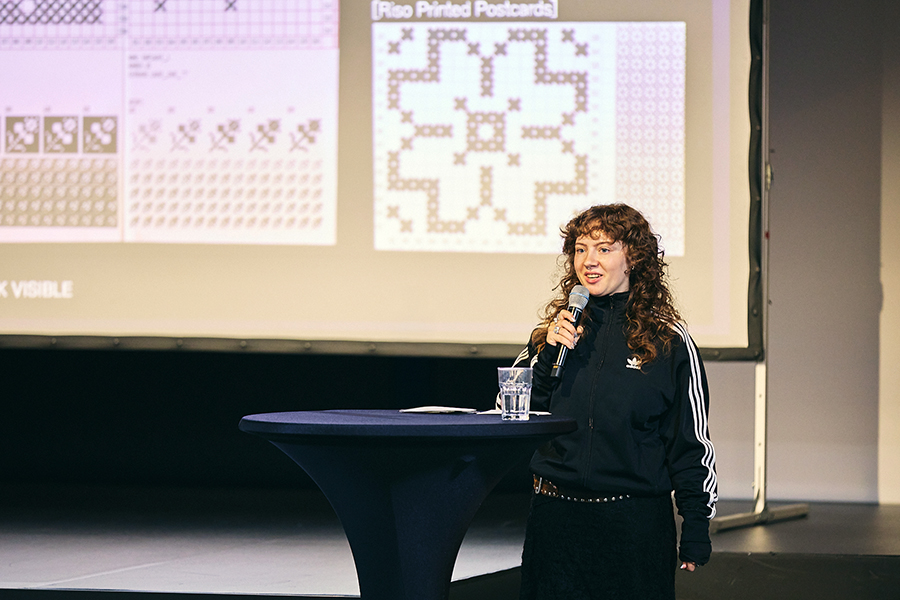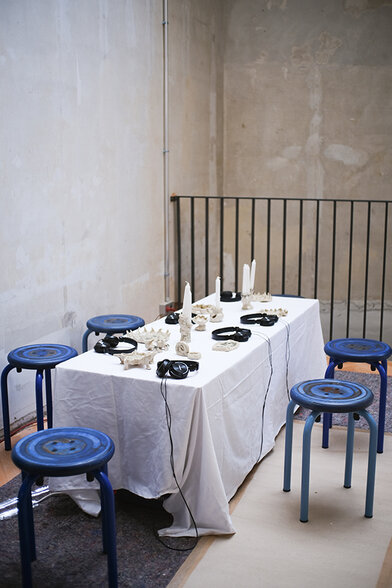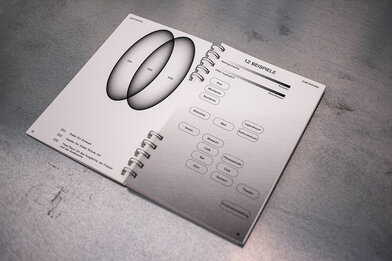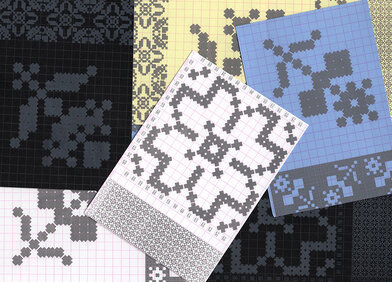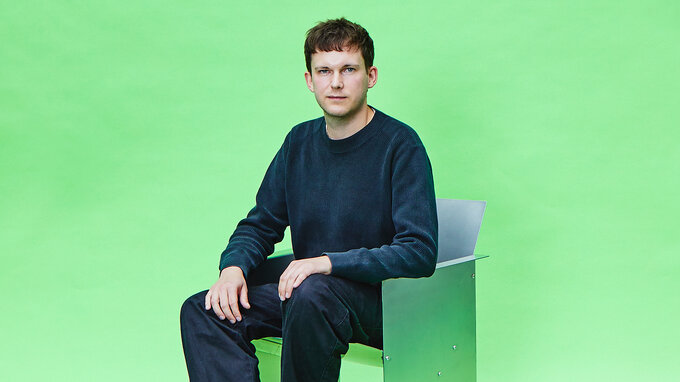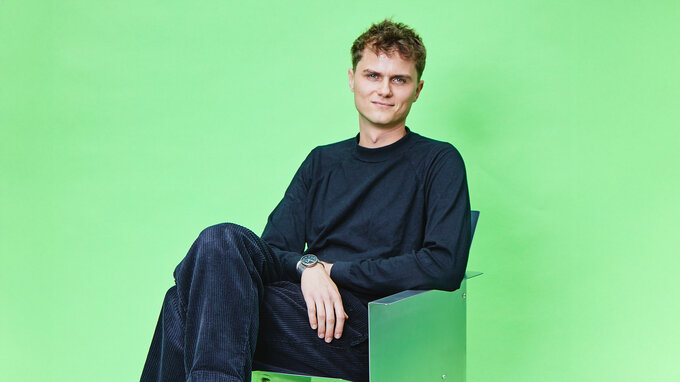Linn Zahn
Listening to each other – Interview with Linn Zahn
One of Linn Zahn's projects explores and designs what is needed in times of ongoing crises and exclusively digital interactions: genuine encounters, but not for the sake of consumption. In Kontakt Kiosk, the communication designer, who graduated from the Schwäbisch Gmünd University of Design, uses her discipline as a social tool for connection and exchange in rural areas. Introduced with the practical guide Conversations with Strangers, empty spaces were transformed into lively third places. Driven by a questioning of consumer society and with a demand for empathy and social participation, Linn Zahn impressed the jury of the German Design Awards 2026 and is one of the five Newcomer finalists.
Linn, what can design do to get people talking to each other?
Design can ask questions, provoke and create resonance – and forms a basis for conversation. I am interested in design as a tool for social exchange, as a medium that makes topics visible, opens spaces for dialogue and encourages participation. What fascinates me most is how design can use the unexpected to create a sense of closeness. I think of moments when small disruptions to everyday life make strangers connect through shared experience. Design can consciously create such moments and subtly draw attention to what connects us.
How do you create closeness and trust through design?
For me, trust arises from authenticity, tolerance and the ability to listen. Closeness emerges when people recognise something of themselves in a piece of work. When design is honest and accessible, it can build these two pillars. I often work with participatory methods that amplify voices otherwise left unheard. I am particularly interested in how perspectives can be made visible without being categorised or judged.
What responsibility does communication design carry in public space?
Visual communication in public space carries immense responsibility because it is omnipresent and never neutral. We are constantly surrounded by advertising and messages that shape our values and behaviour. At the same time, public space reflects social structures and power relations. Visual communication should no longer treat it merely as a stage for consumption or flood it with information, but instead encourage reflection and open new perspectives. That is the true responsibility of designers.
How important is the emotional impact of design for you?
Emotion is the origin of my creative process. Especially where words fall short, I express my inner self through design. Strong emotional reactions often form the starting point for critical reflection. They open a path to insight that goes beyond pure rationality. What moves me emotionally challenges me to question my own stance and reconsider my actions.
What do you wish for from society regarding the role of design?
Our environment is visually overloaded and heavily shaped by economic interests. Too often, design still serves to fuel consumption. Instead, it should be understood as a cultural and social practice – a tool that strengthens empathy and creates spaces for collective thought. This requires a society that supports such approaches and is willing to question its own patterns of consumption.



